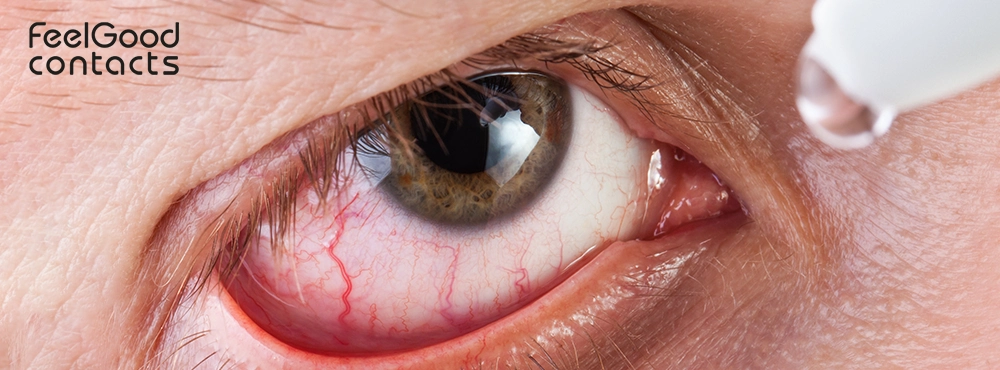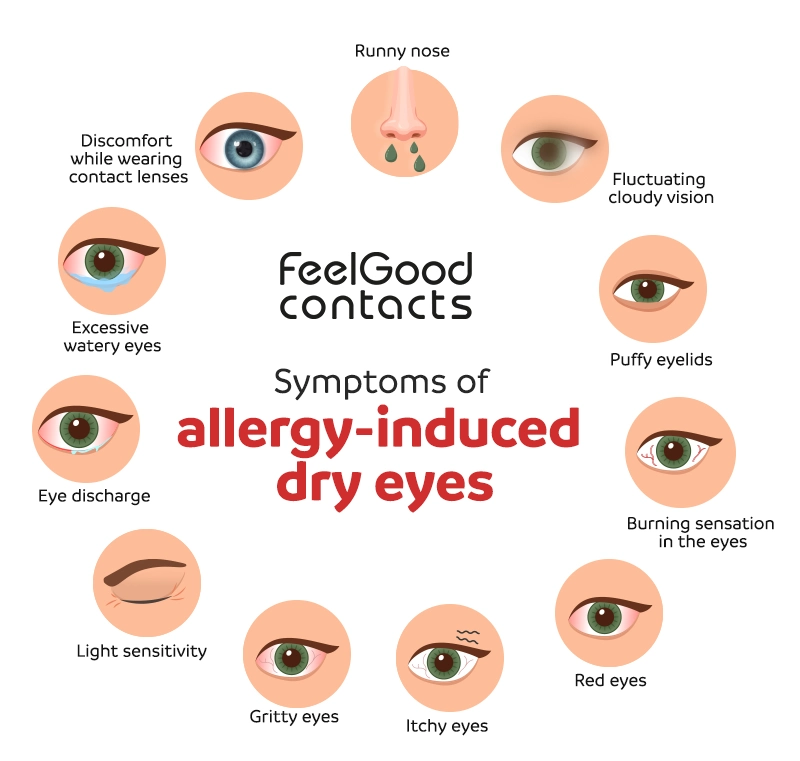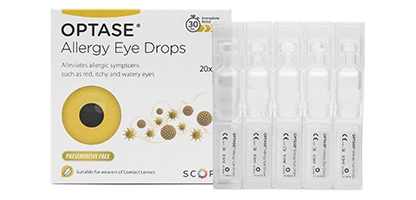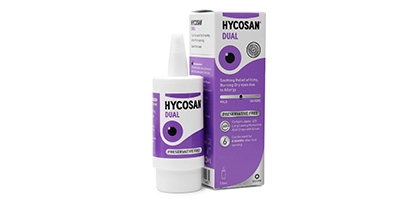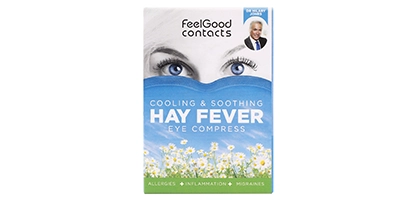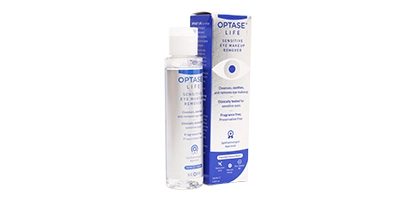Types of eye drops for allergy-related dry eyes
When you have an allergic reaction to something like dust mites, your body releases a chemical called histamine. Due to this, you may experience allergy symptoms, like red eyes. In such cases, it is advised to use eye drops that specifically address allergies instead of artificial tears, which can only provide you with short-term relief. There are different types of allergy eye drops, including:
1. Artificial tears
These drops are your go-to choice for hydrating dry eyes, as they boost the quantity and quality of your tears. There are many artificial tears available on the market with different features and ingredients that can help improve the symptoms of eye allergies.
2. Antihistamine eye drops
Also known as allergy drops, antihistamine eye drops have an antihistamine as the main ingredient. This ingredient blocks the body’s histamine, which leads to many allergy-related symptoms, like red and itchy eyes. These drops provide quick, short-term relief of your symptoms.
3. Mast cell stabilisers
These eye drops slow down the release of histamine and other chemicals from your body and take a longer time to work. Mast cell stabilisers prevent dry eye symptoms. They can be used for several months with no side effects, and they are compatible with contact lenses as well.
4. Combination eye drops
Also known as multiple-action or dual-action eye drops, these drops help reduce multiple symptoms, including itchy eyes, red eyes, watery eyes and any burning sensation in the eyes. Combination drops are comparatively new and helpful for people suffering from allergic conjunctivitis.
5. Preservative-free eye drops
Preservative-free eye drops do not contain additives, making them ideal for individuals who wear contact lenses and have sensitive eyes.
The type of allergy eye drops you use will be decided by factors like the cause of your allergy, your symptoms and the severity of your allergies.
Best eye drops for allergies
If you are after eye drops to help soothe eye allergies, you may consider:
Optase Allergy Preservative-Free Eye Drops
- Treats dry eyes due to allergic conjunctivitis and hay fever
- Quickly and effectively alleviates watery, red, irritated and itchy eyes
- Can be used with or without contact lenses
- Preservative-free and suitable for sensitive eyes
- Offered in convenient single-use vials

 Offers
Offers Account
Account
 Favorite
Favorite
 Basket
Basket

 OFFERS
OFFERS











